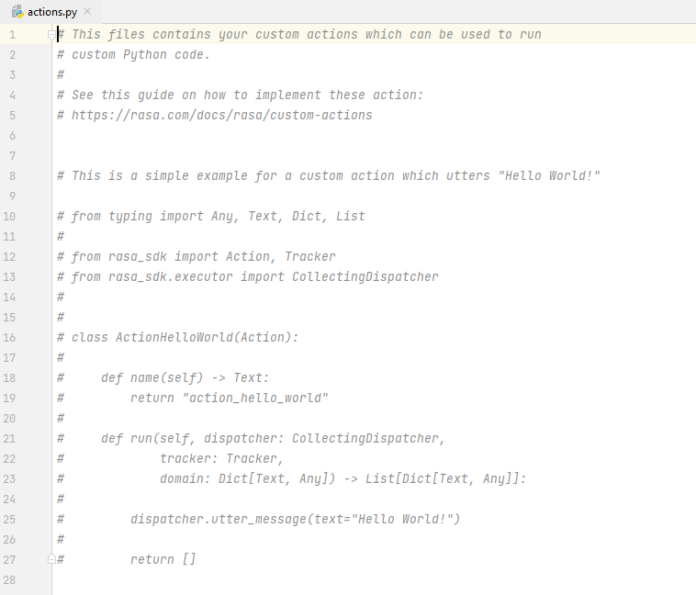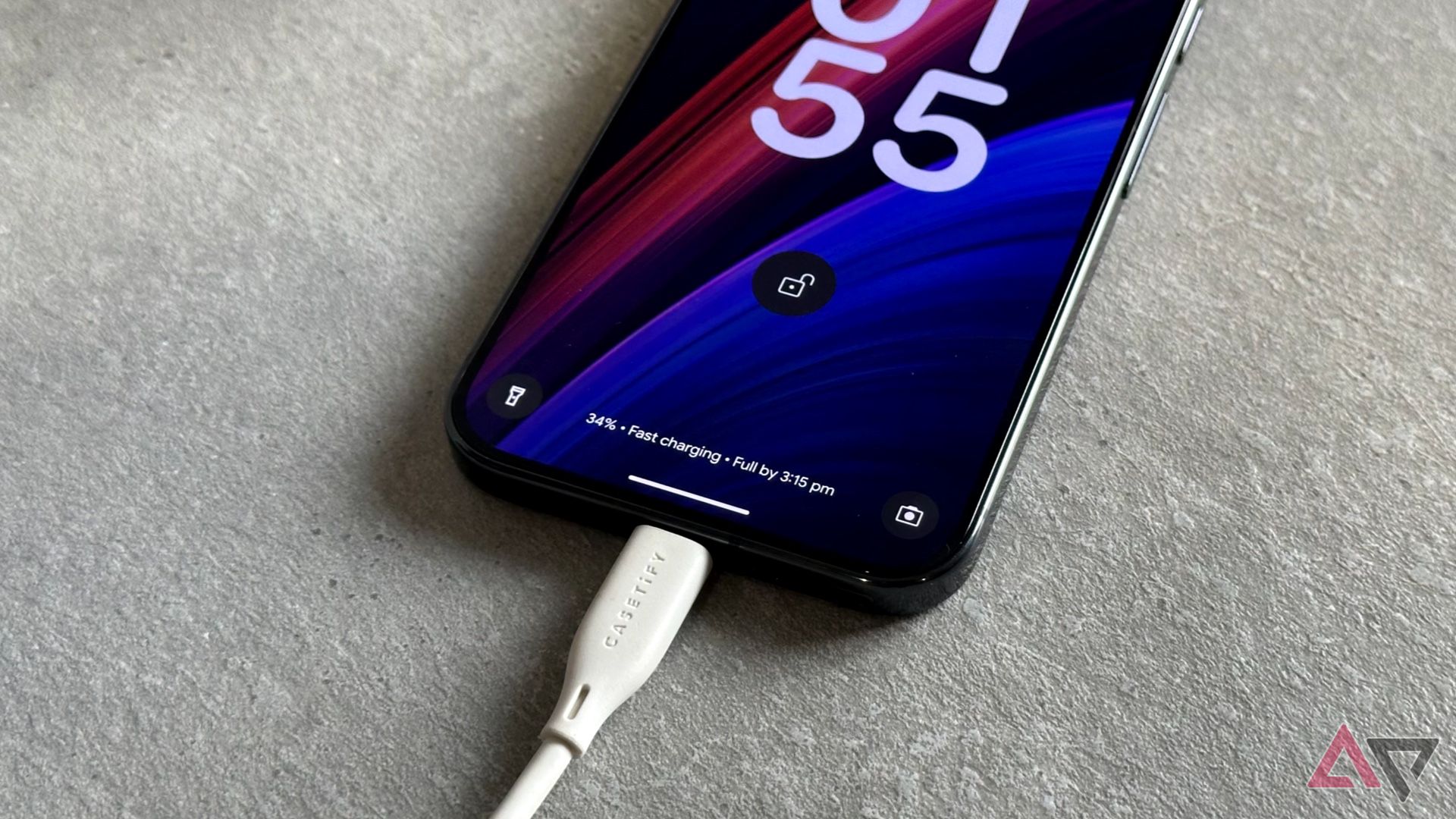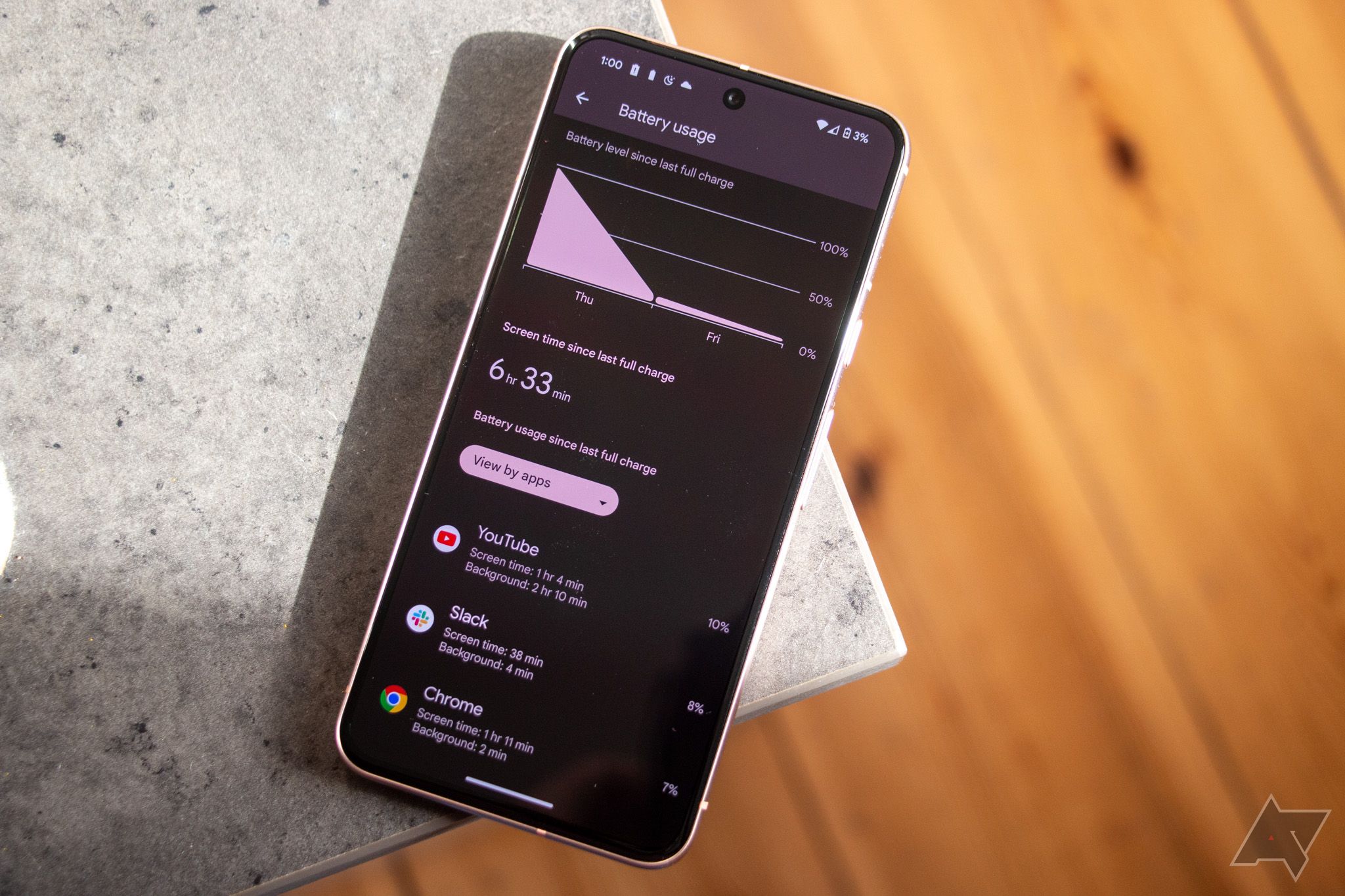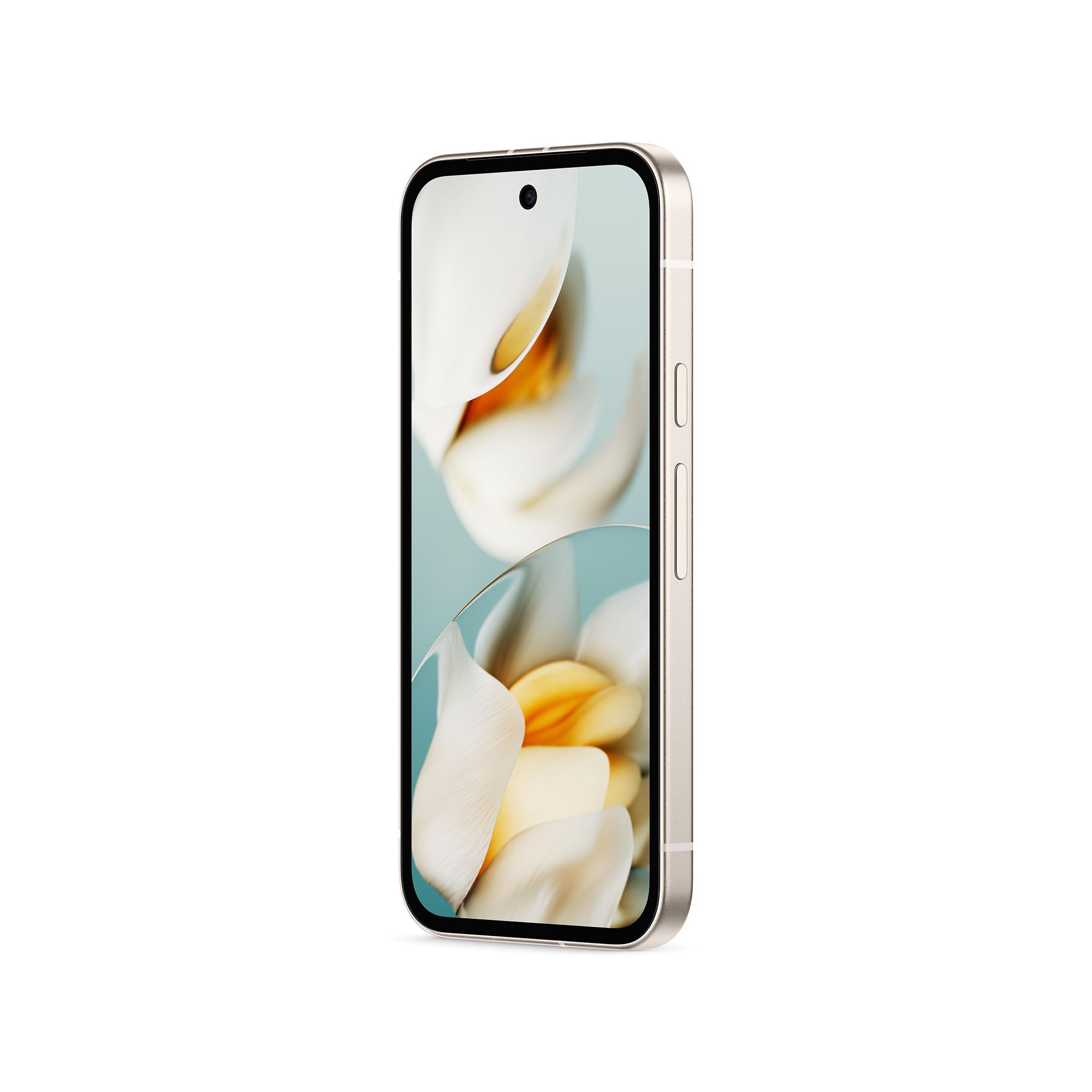Summary
- The Pixel 9a will include a new “Battery health assistance” feature.
- Google will gradually reduce battery voltage after 200 charge cycles to extend lifespan.
- The feature may lead to decreased runtime but aims to maintain battery health in the long run.
Google’s upcoming Pixel 9a might be skimping on some AI firepower under the hood compared to other Pixel 9 models, but it looks like the mid-range smartphone will include some exclusive software features out of the box. According to a newly published support document, the Pixel 9a will ship with a new battery health feature that will reduce the battery capacity over time — on purpose.
Related
Google’s Pixel 9a has a new launch date, and it’s right around the corner
But it might depend on where you live
First spotted by 9to5Google, the Pixel 9a will ship with a new battery protection feature called Battery Health Assistance. Google says this new software feature will help manage the long-term health and performance of the battery as it ages. It will arrive via a future software update on Pixel 9a devices.
Google will intentionally reduce the battery capacity of Pixel 9a units via software updates
It’s not a bug, it’s a feature
In the document, Google explains that all lithium-ion batteries degrade over time. This is a normal process for all Android smartphones that occurs as the battery is charged and discharged repeatedly. The Battery Health Assistance feature will monitor charging patterns and gradually reduce both the maximum voltage of the battery once the device reaches a certain usage threshold.
Specifically, battery performance will stay optimal for the first 200 charge cycles. After that, and up to 1000 cycles, the software will slowly reduce the battery’s maximum voltage in stages.
To explain in simple terms: batteries have a maximum voltage they can be charged to. Charging to full voltage gives the most capacity, but Google will begin decreasing that voltage — bit by bit — after the 200 charge cycle mark, so the battery won’t charge to full potential. This helps the battery stay healthier longer, even if it means it won’t charge to 100% of its original capacity.
Related
How to check battery health on your Android phone
Phone running out of juice too soon? Check your battery health
Due to the adjusted capacity, Google notes that you may see a slight decrease in your battery’s runtime as it ages. Likewise, the Battery health assistance feature will also adjust the phone’s charging speed based on capacity, so your Pixel 9a might not charge as fast as it does initially.
On the Pixel 9a, Battery Health Assistance will not be user-configurable. However, Google says it plans to bring the feature to a “selection of Pixel devices” where it will be optional for users. We don’t yet know when the feature will roll out, but a release alongside Android 16 seems likely, as battery health has already been spotted in testing on the new OS.
Google Pixel 9a
The Google Pixel 9a ditches the camera visor design from the Pixel 8a, opting for a flatter back. It features a huge 6.3-inch display, which is brighter than the previous generation and is powered by the new Tensor G4 chipset. Google has also packed in the largest battery ever in a Pixel device. This might just be the best $500 smartphone we’ve seen yet in recent years.





